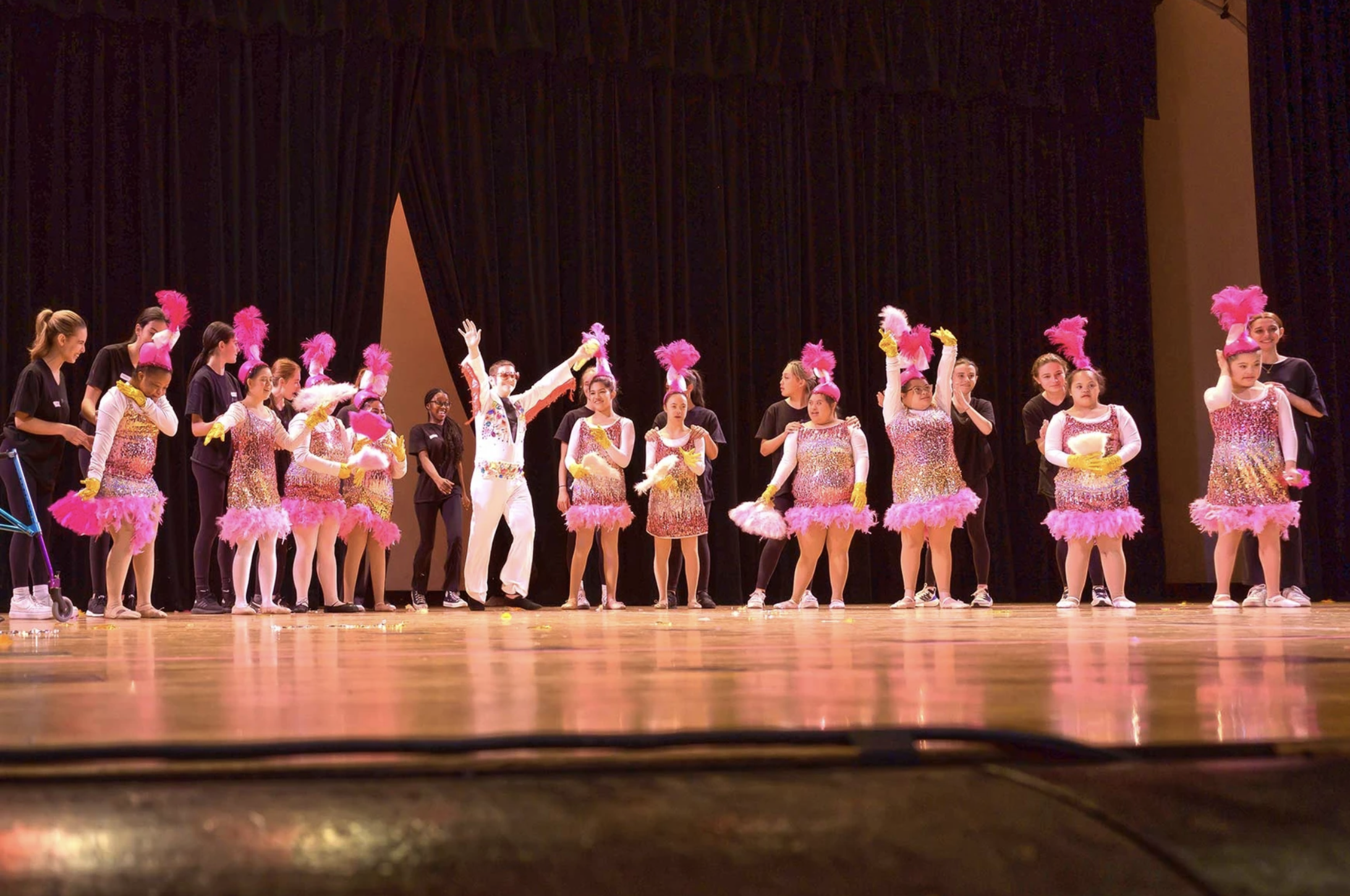Dancing Dreams: How a Small Wish Grew into a Transformative Dance Program for Children with Special Needs
Dancing Dreams is a nonprofit program that provides dance opportunities for children and teens with physical and medical challenges. The program began when pediatric physical therapist Joann Ferrara was inspired by a 4-year-old girl with Cerebral Palsy who wished to be a dancer. Moved by the girl’s desire, Ferrara started a small dance program in her office, which quickly grew beyond its initial space. Today, the program offers adaptive dance classes for children and young adults ages 3-21 with physical or medical challenges.
Classes are taught by pediatric therapists and cover ballet, tap, jazz, and hip hop. Each dancer is paired with a teen volunteer who assists them during classes and performances. Classes are held weekly in Bayside, Queens, Manhattan, and Plainview, Long Island. The program emphasizes ability over disability, allowing dancers to progress at their own pace. The year culminates in an annual performance celebrating participants’ achievements.
The program not only nurtures a love for dance but also empowers children to pursue their passions, as demonstrated by the success stories of former participants who have gone on to achieve higher education and professional goals. Throughout the year, the dancers prepare for an annual performance, which has grown into a large production, featuring custom costumes and strong community support.
This program’s success is made possible by dedicated volunteers and donors, who help provide resources and support for the dancers. Ferrara emphasizes the profound impact of Dancing Dreams, showing how a small idea can transform the lives of children, their families, and the volunteers who contribute to the program. For more details, visit Dancing Dreams Classes.
Launching an Inclusive Dance Program in Your Community
Is this story making you think of starting a dance program in your own community? It is definitely doable! Consider these broader key steps to make such a dance program a reality:
- Identify the Need: Assess your community to understand the specific needs of children with physical or medical challenges. Speak with parents, educators, and therapists to gather insights.
- Gather Expertise: Collaborate with professionals such as physical and occupational therapists who can adapt activities to the abilities of the children.
- Secure a Location: Find a space that is accessible and safe for participants, such as a community center or school.
- Recruit Volunteers: Engage teens or adults who are passionate about helping, as they can provide one-on-one support for participants.
- Fundraising and Resources: Raise funds through community events, grants, or donations to cover costs such as costumes, equipment, and space rental.
- Build a Supportive Community: Create a welcoming environment where children, families, and volunteers feel supported and encouraged.
- Start Small and Grow: Begin with a small group and gradually expand as more resources and participants become available.
- Celebrate Achievements: Organize annual performances or showcases to highlight the progress and achievements of the participants, fostering a sense of pride and community involvement.
As you can see, starting a program like Dancing Dreams requires dedication, time, and effort, especially when it comes to securing a location, recruiting volunteers, and raising funds. These tasks can be challenging and may demand significant planning and community outreach. However, the benefits of such a program are profound. It not only provides children with disabilities a chance to explore their passions but also fosters a supportive community. Once established, the program can create lasting positive impacts on participants, volunteers, and the broader community.
ChatGPT, a potential tool for increased accessibility, was used as a research and writing aid for this blog post. Do you think this is an appropriate use of chatGPT? Why or why not? Let me know!


Leave a comment